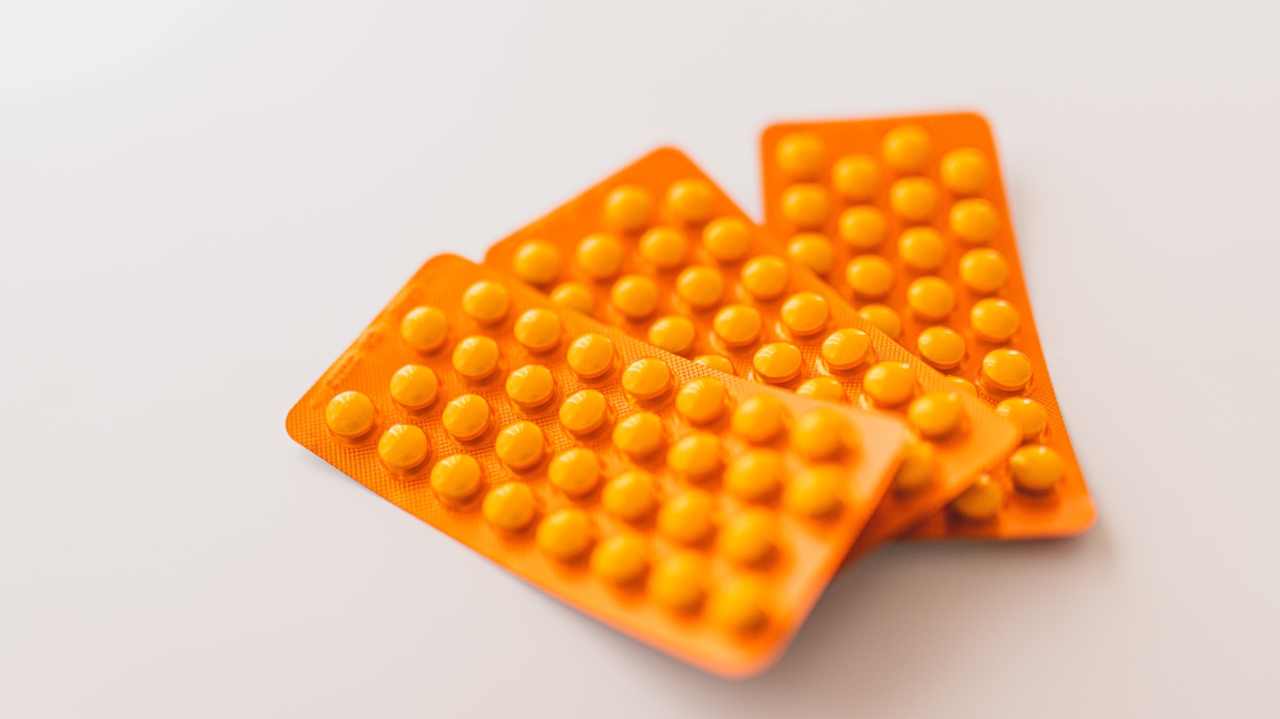Migraines are intense headaches that can cause debilitating pain and other symptoms such as nausea, vomiting, and sensitivity to light and sound.
While medication can be effective in managing migraines, some people prefer non-pharmaceutical methods for relief. In this article, we will explore ten non-pharmaceutical methods that can help alleviate migraine symptoms.
1. Relaxation Techniques
Practicing relaxation techniques such as deep breathing exercises, meditation, and progressive muscle relaxation can help reduce the frequency and severity of migraines.
These techniques help relax the body and mind, alleviating stress and tension, which can be triggering factors for migraines.
2. Regular Exercise
Engaging in regular physical activity is not only beneficial for overall health but can also help manage migraines. Exercise releases endorphins, which act as natural painkillers and mood boosters.
Additionally, it helps reduce stress levels, which can trigger migraines.
3. Adequate Sleep
Lack of sleep or poor sleep quality can contribute to the onset of migraines. Establishing a consistent sleep routine, ensuring a dark and quiet sleep environment, and practicing good sleep hygiene can help prevent migraines caused by inadequate sleep.
4. Stress Management
Stress is a common trigger for migraines. Finding effective stress management techniques such as yoga, mindfulness, or engaging in hobbies can help reduce the frequency and severity of migraines.
It is crucial to identify and eliminate or minimize stressors in your life.
5. Biofeedback
Using biofeedback techniques, you can learn to control physiological responses to stress and pain. This non-invasive method provides real-time information about your body’s responses, allowing you to modify and control them.
Biofeedback can be helpful in managing migraines and reducing their intensity.
6. Acupuncture
Acupuncture is an ancient Chinese practice that involves inserting thin needles into specific points on the body. Many people find relief from migraines through acupuncture.
It is believed that acupuncture helps balance the body’s energy flow and stimulates the release of pain-relieving chemicals.
7. Cold Compress
Applying a cold compress to the head or neck area during a migraine attack can provide immediate relief. The cold temperature helps constrict blood vessels and reduce inflammation, easing the pain associated with migraines.
8. Heat Therapy
Alternating between hot and cold therapy can be beneficial for migraines. While cold compresses help with pain relief, applying heat to tense muscles and neck areas can relax them, potentially alleviating migraine symptoms.
9. Dietary Adjustments
Some foods and beverages, such as caffeine, alcohol, aged cheese, and processed meats, can trigger migraines in certain individuals. Keeping a food diary and identifying trigger foods can help manage migraines.
Additionally, maintaining a balanced diet and staying hydrated can contribute to overall well-being and potentially reduce migraine frequency.
10. Cognitive Behavioral Therapy (CBT)
Cognitive Behavioral Therapy focuses on identifying and modifying negative thought patterns, behaviors, and emotions. It can be effective in managing migraines by addressing underlying stress, anxiety, and depression.
CBT equips individuals with coping mechanisms and strategies to prevent migraines or reduce their impact.






























